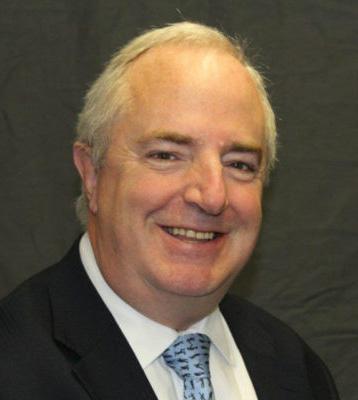
2 minute read
Some thoughts on ‘decompression
You may have seen recent suggestions that NHS staff should be offered military style ‘decompression’ to help them deal with their experiences of the national COVID-19 crisis. Indeed, our own Roy Lilly recently offered his views on the topic in his NHS Managers blog.
In times of national crisis, it is not surprising that some parallels are drawn with the military and military operations – it probably helps convey the threat, scale, and extremity of the situation. Looking for comparators and examples of best practice in other organisations to help us get through a crisis makes complete sense; however, these comparisons are not always helpful or relevant because the organisations and the challenges are not necessarily comparable. For a start, the NHS and Defence are quite different organisations driven by different purposes and objectives – we do different things often for different reasons, in different ways and in different contexts.
These differences are important when it comes to trying to apply the military decompression model to the NHS and its staff. The model applied by the military is designed around the nature of and how we conduct military operations – the NHS’s role and structure is
Group Captain (OF-5) Paddy Mckillop-Duffy
different and simply does not have the reserves of people and time to be able to apply the model in the way that the military do. That said, there are elements of the military decompression model such as education, signposting and support that could prove useful in supporting NHS staff in the coming months. Moreover, many of these probably already exist and should be kept in place (and expanded) to aid recovery. The focus is now shifting from the acute crisis to a more chronic one - the demands and pressures associated with longer waiting lists, backlogs, reconnecting with patients and rebuilding treatment pathways, and all at scale. Many of the staff support services that have been put in place during the acute crisis are like those used in decompression and can help with this follow-on challenge. We should keep the ‘wobble-rooms’, outdoor quiet spaces, staff support and counselling services, peer support groups and ‘buddying’ in place as they will likely continue to offer opportunities for support, contemplation, distraction, grieving and learning. We must, however, be straight with our people and manage expectations – this recovery will be difficult. The COVID-19 experiences of our NHS staff are hugely varied and complex and there is no quick
fix and recovery from this extraordinary crisis (whatever that looks like) will take time. It may not be linear, predictable or ordered, but we will work together to get through it. This is where leadership (and followership) is critical.
All clinical, health and social care leaders will play vital role in the recovery of not just the backlog but also our people. The foundations of this already exist in both the NHS People Plan and the NHS Leadership Model. Compassion, inclusion and humility in leadership has never been more important if staff are to feel valued, appreciated, and motivated to continue to serve the NHS. Moreover, I would add that compassion, humility and challenge can exist in times of high pressure, urgency and ‘command and control’ – you just apply it differently. Every leader must consider the vital contribution of their leadership (and leadership choices) driven by the NHS’s core values and shared vision and purpose, and the role of respect, inspiration, engagement, empowerment and learning.











